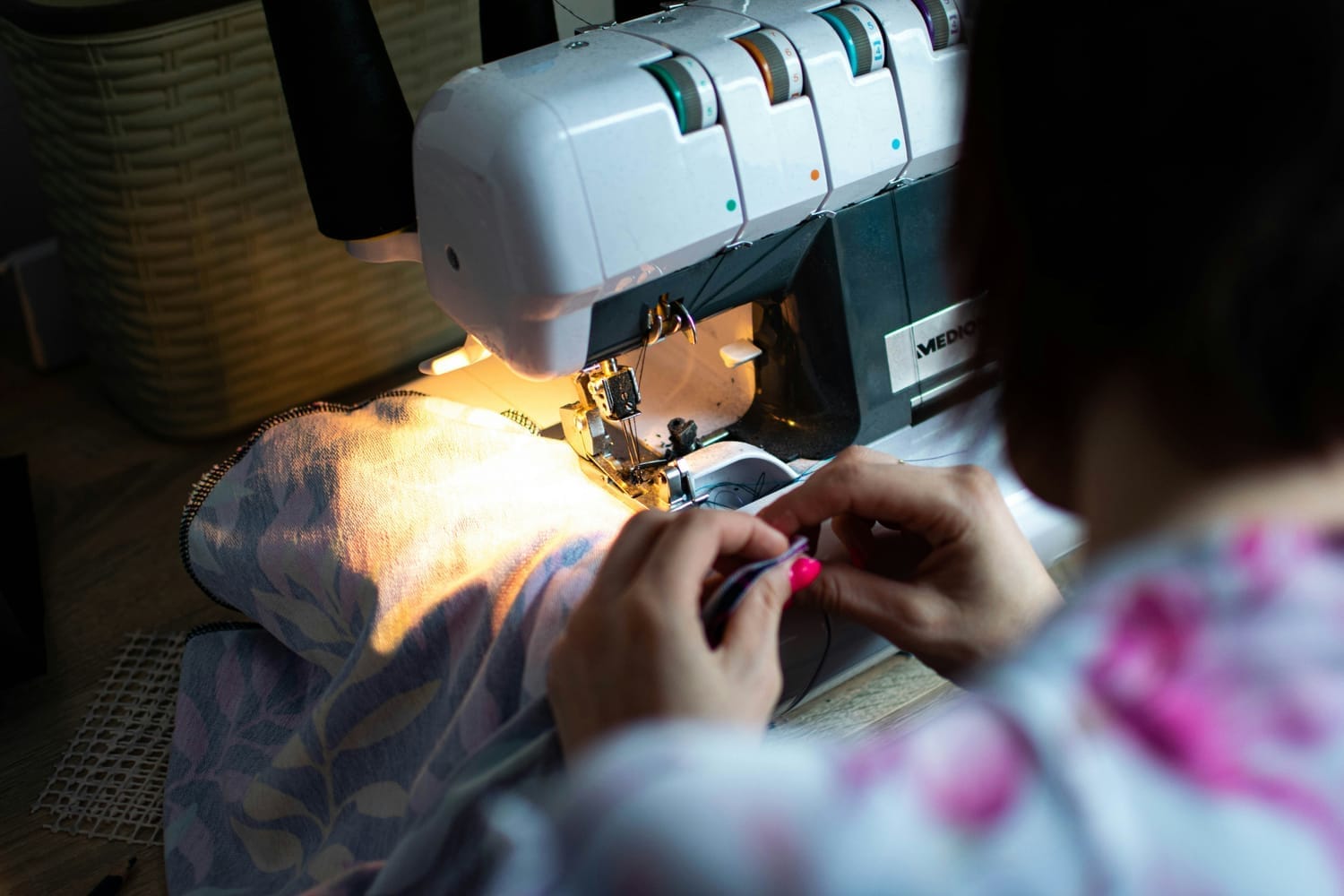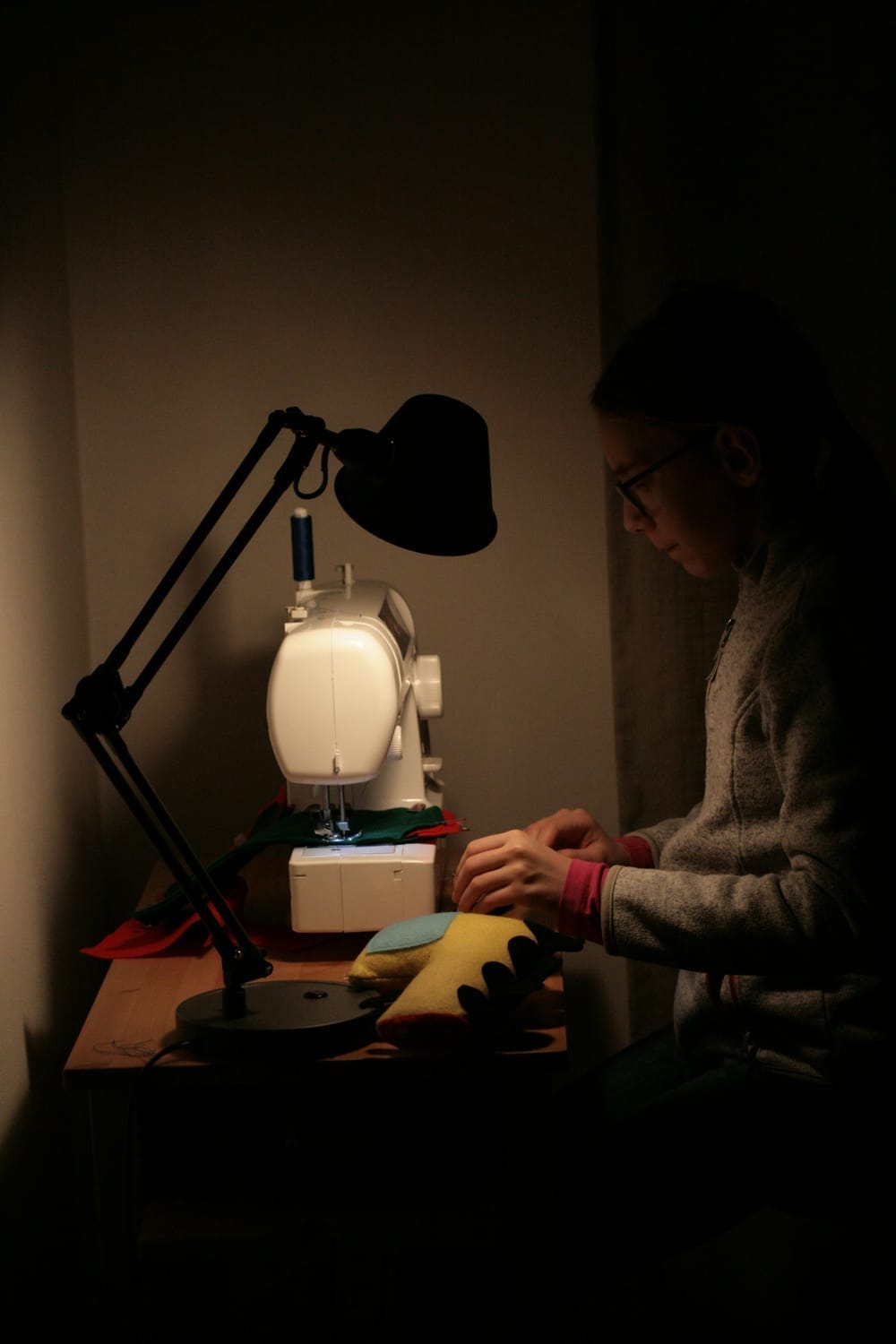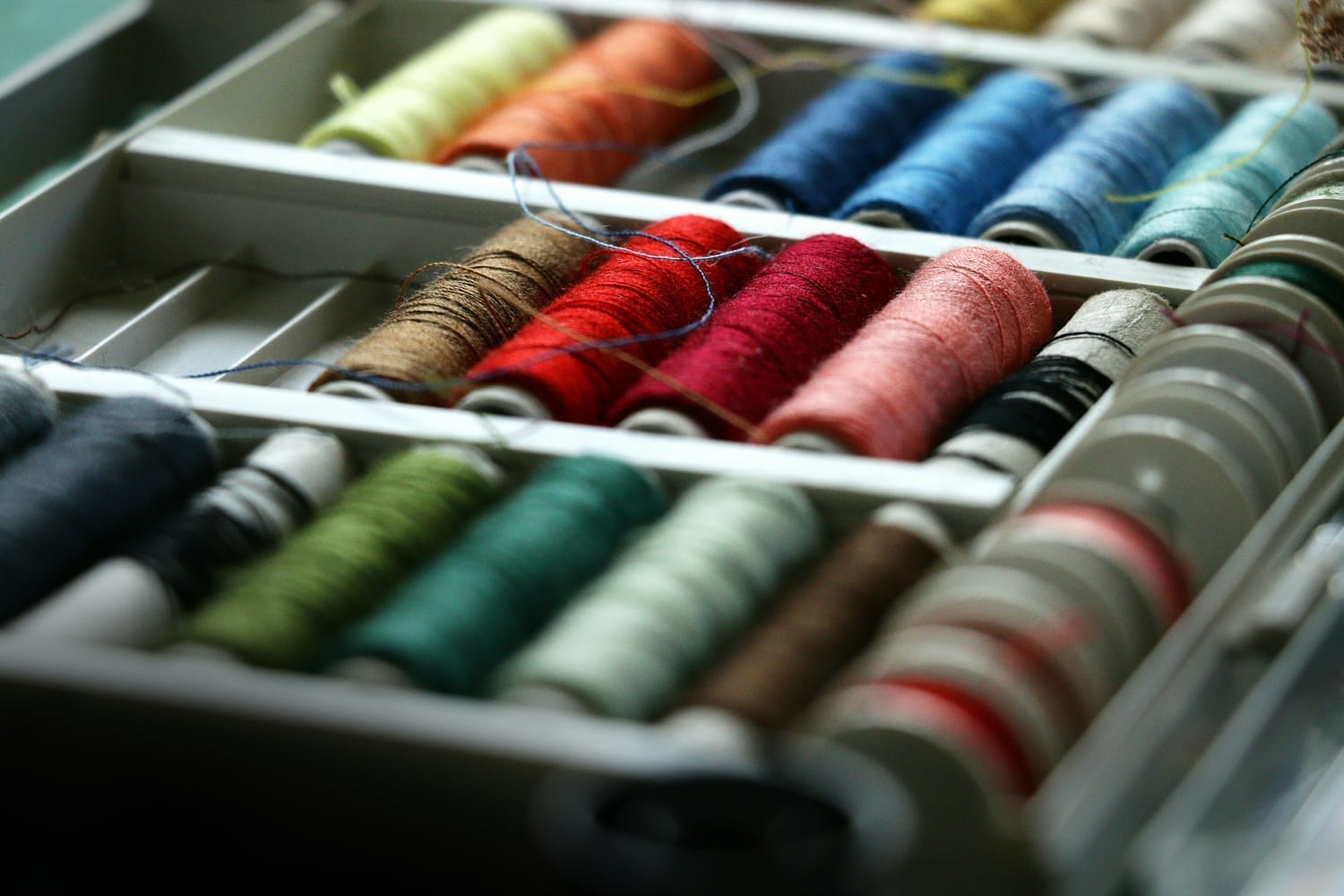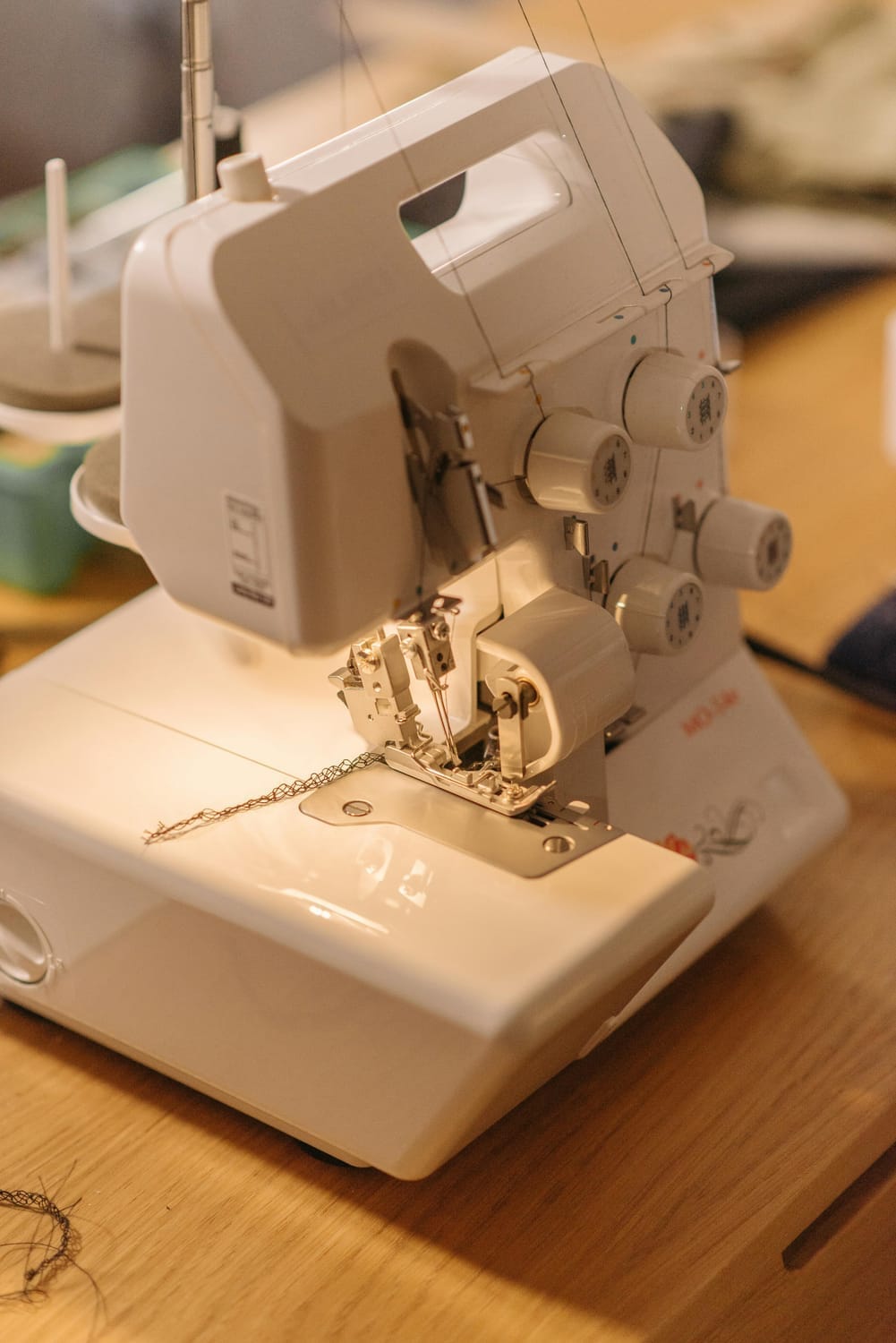Unlock the Secrets to Pro-Level Serger Sewing – No Experience Needed!


An online sewing course for mastering your serger
Works with any serger/overlock sewing machine model
Over 9,000 happy participants have completed the course successfully
Clear, structured lessons designed for beginners and hobbyists
Learn to thread your serger like a pro
Master the straight seam, and learn to sew curves and corners
Explore up to 22 different stitches, including decorative stitch techniques
Learn gathering, ruffling, and how to sew the wave hem
Create seams with pearls, sequins, and attach elastic bands


Fix common issues like skipped stitches, broken threads, and sewing with challenging fabrics
Sew 2 beautiful beginner-friendly projects — a tote bag and a cushion cover
Learn anytime, anywhere, and at your own pace
Replay, pause, and repeat videos as often as needed to ensure deep understanding
Why You Need a Serger (And What a Sewing Machine Can’t Do).
Number of Threads
An ordinary sewing machine typically uses one or two threads to create stitches. In contrast, a serger—or overlock machine—uses three to five threads (or even more), which allows it to form strong, flexible, and more complex stitches, especially suited for finishing edges and handling stretch fabrics.
Stitch Type
A standard sewing machine usually produces lockstitch or zigzag stitches. These are sufficient for basic garment construction but not ideal for professional seam finishes. A serger, on the other hand, creates overlock or cover stitches, which wrap around the fabric edge and prevent fraying while allowing stretch and flexibility in the seams.
Edge Finishing
When it comes to edge finishing, a regular sewing machine requires manual techniques or the use of special stitches and presser feet to prevent fabric from fraying. A serger excels in this area by automatically trimming the fabric edge and enclosing it with thread in one seamless step, offering a clean and professional finish.
Cutting Fabric
Ordinary sewing machines do not cut fabric as they sew. Any trimming must be done separately with scissors. Sergers are equipped with a built-in blade that trims excess fabric while sewing, which saves time and ensures precision in seam allowances.
Disclaimer: This is an affiliate link. If you click and make a purchase I will earn a commission at no extra cost to you.